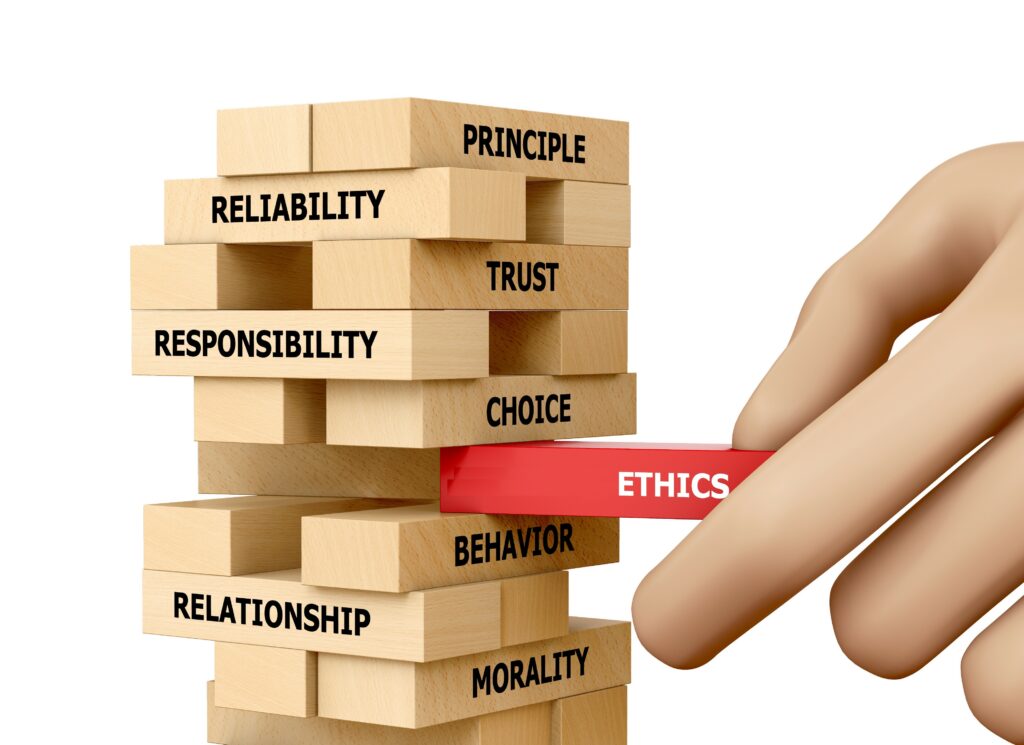
4 Steps to Protecting your Company’s Brand – Values
CEO resigns after VW found cheating on their emission promise. CEO convicted for selling food that the company knew was unsafe. CEO of a major auto manufacturer is in a media firestorm because her company did not disclose or order a recall for a known ignition switch problem.
These are just three of the BIG mistakes made by companies, and they were not accidental. Someone somewhere in the company made a wrong decision. Whether the reason was to squeeze more profit from an unwary consumer or to cut corners doesn’t matter, it was a BIG mistake. Every company, even these three companies, had core values. They looked good on the poster in the lunchroom, on the website, and in the employee manual, but they were not relied on in the decision-making process or direct employee behaviors. The core values were not embedded in the company’s culture.
Branding isn’t about color palettes and graphic design. Branding is about what the company stands for and how they choose to present itself to the consumer. Everyone who has gone through a branding exercise knows that a primary anchor of their brand is the organization’s values. You can’t determine a brand promise or mission without knowing the values first. Employees would be unable to understand how to act and behave to brand if they didn’t understand the underlying values and how they affect their behaviors and interactions.
How does an organization create a brand that is being lived in the office, with the customer, and in the boardroom?
- Core values have to be real. Not nice words designed in the boardroom, but organizational attributes are used in all decisions and interactions internally and externally. They are so important any breach of these values is punishable by termination.
- Core values need to be used in the hiring and promotion process. The company recruitment process must include screenings for values fit before hiring. In fact, a best practice is to screen for values before the hiring manager screens for skills and experience. It is too easy to make a values exception when a high performer is under consideration. I am sure the CEOs of companies that have experienced the PR disasters above were high performers…
- Core values need to become a checklist with every business decision, small and large. Before a decision is made, the question is asked, “Does this decision meet our values standard?” If the answer is no, then the decision becomes obvious. I’m sure someone in the VW organization didn’t check for value alignment when they decided to cheat on the emissions testing. I’m also confident the person who decided to put the market food they knew was tainted didn’t ask if this fit the company’s core values.
- Core values need to be part of the organization’s ongoing conversations at all levels. As brand values failures prove, it is as important as keeping all projects and staffing aligned with the company strategies. If part of the ongoing conversations at VW had included being honest and truthful, this situation would not have occurred. If the leader ultimately decided to cheat on the emissions testing as part of the “honest and truthful” conversation, he/she might have made a different decision.
In a world of social media and the 24-hour news cycle, a breach of your values threatens the entire company. Consumers choose to do business with companies they feel they can trust and respect, not companies that are caught cheating or lying. It is so vital the leadership and board of directors must agree that a short-term loss is a better consequence than getting caught lying or cheating…